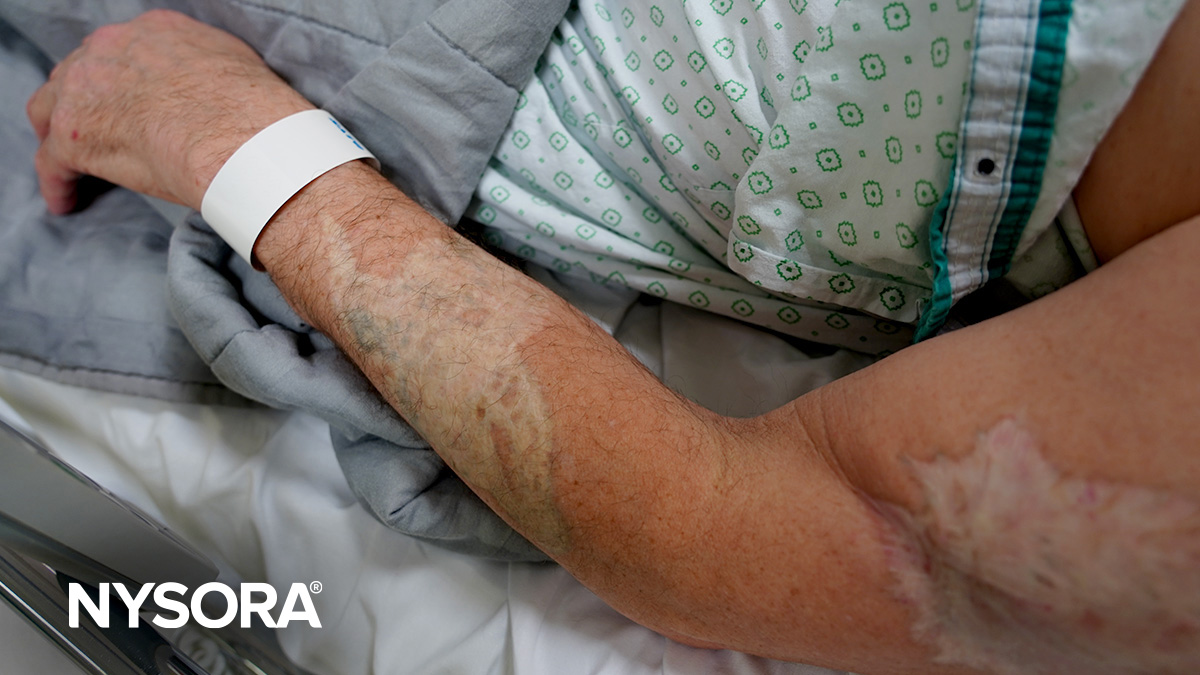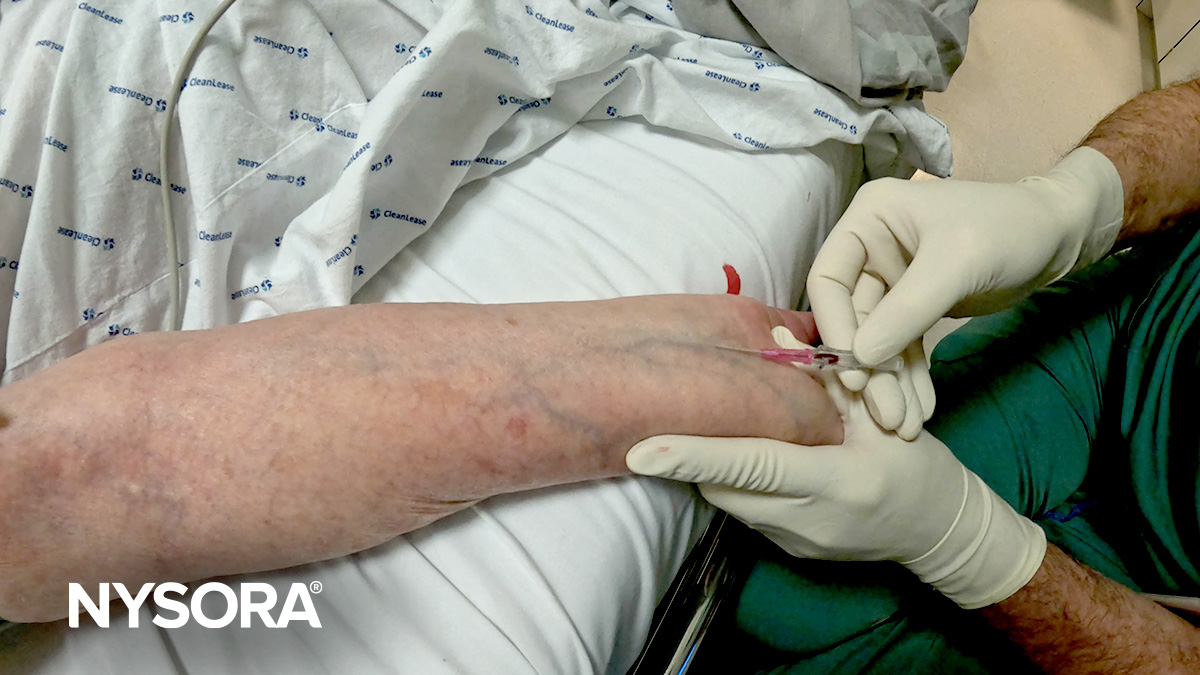Depending on their severity and location, burns can significantly alter the anatomy of the skin and underlying tissues, complicating the identification and cannulation of peripheral veins.
The presence of burns, especially in extensive cases, may limit traditional access sites and require healthcare professionals to employ alternative strategies and sites for cannulation. The integrity of the skin, the extent of tissue damage, and the potential for edema and vascular compromise are critical factors that influence the approach to IV access in burn patients.
Here are the challenges and solutions for establishing IV access in patients with burns where the skin and subcutaneous tissue scars make IV access challenging.
Damaged skin and tissue
- Challenge: Burns can result in extensive skin and tissue damage, often limiting the availability of suitable IV access sites.
- Solution: Identify unburned or minimally damaged skin areas for potential IV insertion. For severe burns over large body areas, consider alternative access such as central lines, peripherally inserted central catheters, or IO cannulation.
Infection risk
- Challenge: Burn wounds provide a favorable environment for bacterial growth, increasing the risk of local and systemic infections.
- Solution: Follow strict aseptic methods during IV initiation. Regularly inspect the IV site for signs of infection and ensure that dressings are kept sterile, dry, and intact. For IV lines traversing burn tissue (i.e., eschar), establish a protocol for frequent replacement, ideally every 72 hours, to prevent potential colonization and infection.
Fluid shifts and edema
- Challenge: Burns can induce substantial fluid shifts, leading to edema, which might mask veins and complicate IV placement.
- Solution: Establish IV access as early as possible before edema occurs. Elevate affected limbs to reduce edema. Consider using ultrasound guidance to assist in visualizing veins beneath the swollen tissue.
Pain and discomfort
- Challenge: Patients with burns often experience intense pain, making any intervention, including IV insertion, more challenging and uncomfortable.
- Solution: Administer analgesics before attempting IV access or changing dressings.
Altered skin integrity
- Challenge: Burned skin may not hold adhesive tapes and dressings effectively, making catheter securement difficult.
- Solution: Choose burn-specific dressings or non-adhesive stabilizing devices. Consider suturing or stapling catheters to the skin. Regularly check the stability of the IV line to prevent dislodgement.










